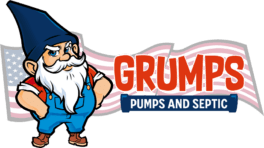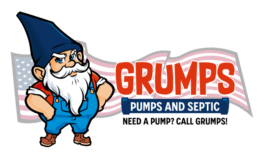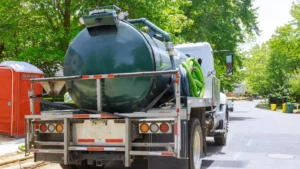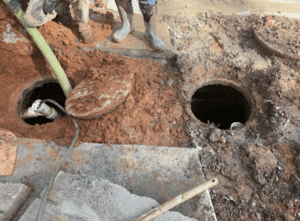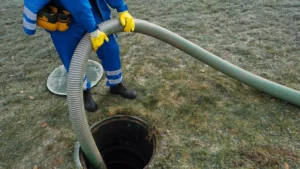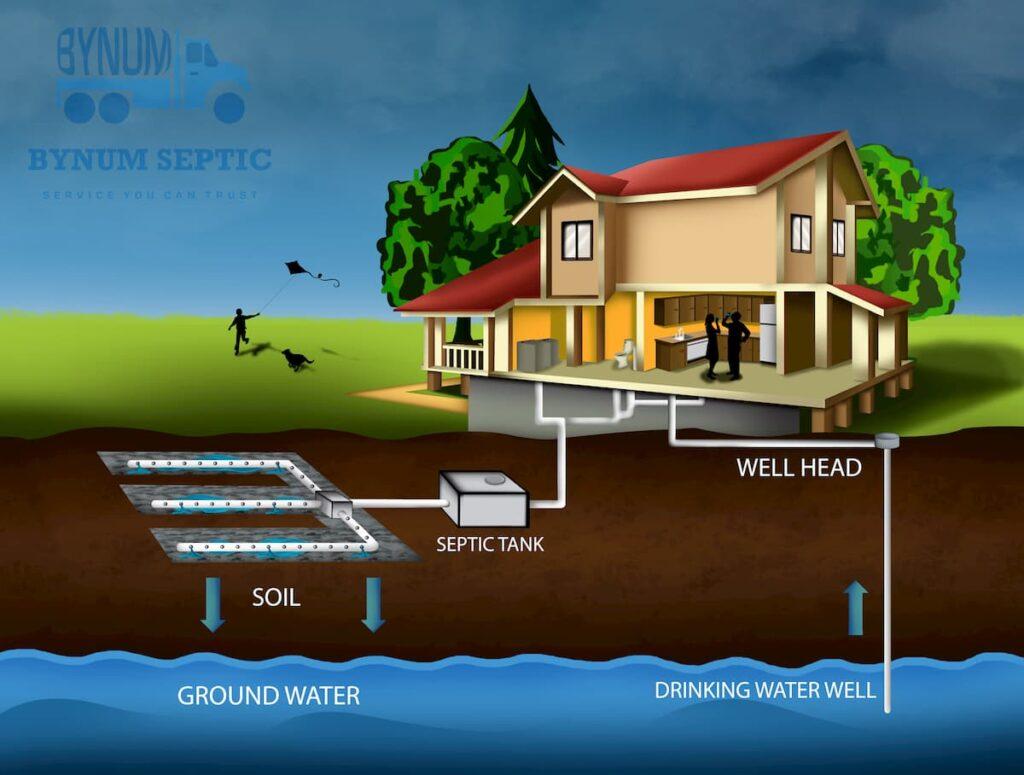
Your property has crucial sanitation features that help it to remain safe for you, your employees, and your loved ones. Clean running water is one of the primary sanitation aspects of your home or business and is often something we take for granted. We’ve become accustomed to turning on the tap, flushing the toilet, or throwing in a load of laundry to see that dirt, waste, and grime are easily washed away. With the flip of a switch, our world is made right again. But where does this water come from? And what happens when your septic system safety is compromised?
A Bit Of Background
The water entering your home or business generally comes from a public water supply or a private well. However, no matter how it comes in, if you have a septic system, it’s all going out the same way.
With a septic system, there is typically one main drainage pipe that empties your used water into your septic tank. Once flushed materials make it into your septic tank, they are left to separate into three layers:
- Sludge – The bottom layer of your septic tank, which is the most dense and consists of the solid portion of sewage waste.
- Scum – The top layer of your septic tank is composed of minerals that float in water, like oil, grease, fat, etc.
- Suspended Solids – This middle layer is comprised of liquids and suspended solids as the name suggests.
From there, excess liquids flow out onto your drain field. This drainage and sorting process is critical because it maintains your septic system safety by working in proper condition and ultimately, the health of your employees and loved ones. If your system is not operating properly in this way, do not hesitate to reach out to Grump’s Pumps and Septic for septic tank pumping, maintenance, or any other necessary services.
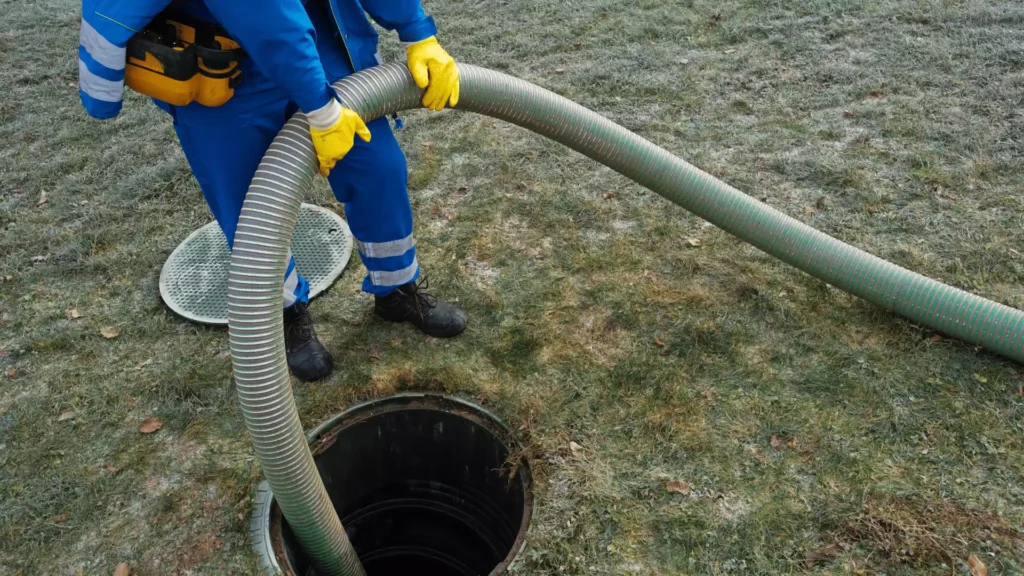
Avoiding Safety Hazards and Contamination
Your septic system must remain in optimal conditions to maintain its delicate balance and perform its intended function. The conditions set for, in, and around your septic system have the power to make or break the quality of your water and your degree of safety. Why is that? To answer this question you must consider that your septic system is:
- Buried underground
- Producing and accumulating gas
- Releasing water into your drain field
Each of these three factors are potential septic system hazards that need to be monitored for septic system safety. We’ll discuss each of them a bit further below.
Your Septic System Is Buried Underground
Because your septic system is buried, it needs to be properly marked or notated so that vehicles, children at play, or heavy machinery do not disturb its resting place. Lots of weight on top of your septic system is not good for its structural integrity or stability. A disruption of its structure or placement can lead to disastrous and even hazardous outcomes like flooding or backups that can lead to waste materials rushing back into your home or business, an adjoining garden, or anything of the like.
Your Septic System Produces and Accumulates Gas
Gas? That’s right, gas! As your septic tank breaks down the organic matter inside, it produces methane gas. This gas is highly flammable and, though rare, can certainly cause an explosion if it’s not properly ventilated and released. Things like lightning strikes, underground electrical wiring, or open flames like cigarettes and matches near your septic tank pose a monumental safety risk in the presence of methane. Be sure to keep these things far far away from your septic system for optimal septic system safety. In short, to keep you safe, your septic system needs to pass gas!
Your Septic System Releases Water Into Your Drain Field
As any well-working septic system does, your septic system releases the liquid that it accumulates into your drain field. Though this is a natural part of a healthy system, it can become extremely hazardous if your drainfield is located too close to a local clean water source. Remember when we mentioned that well water is one of the sources of clean water entering your home or business? Clean water that has been contaminated by septic runoff is nothing to mess with. Not only is this hazardous, it can be lethal!

Mindfulness and Prevention Save Lives!
Mindfulness and preventative measures can be absolutely lifesaving when it comes to your septic system. It’s always a great idea to contact your trusted local septic service company to perform any necessary inspections, maintenance, or evaluations.
Your septic tank’s structural integrity may be compromised, located near electrical wiring, or situated near a major water source without you knowing. Having a professional take a closer look is always your best bet. Contact Grump’s Pumps and Septic for septic system safety solutions near you today!
